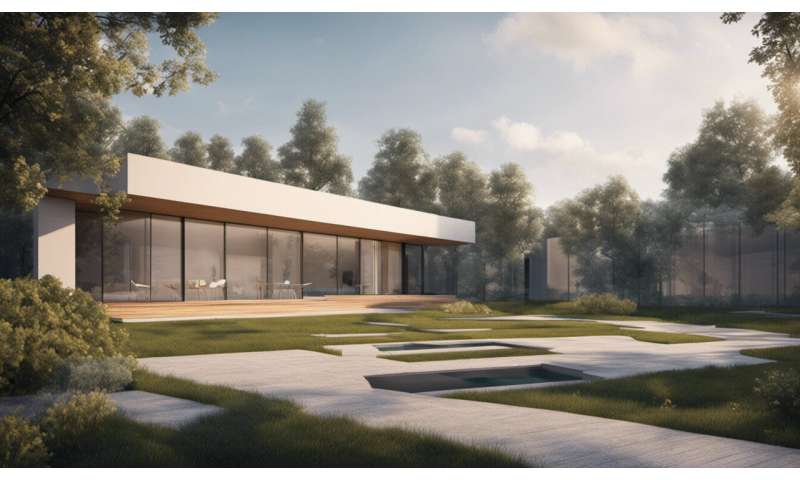
As we struggle through various phases of COVID-19 restrictions, we are all looking towards what will be a long and tentative process of reopening. Yet the lessons from our first reopening strategies last spring make it clear that we have a number of very important questions arising about leisure, recreation and public space.
Taking fishing, for example. In April 2020, a California Fish and Game Commission virtual meeting was interrupted by over 500 participants concerned about a rumored (and untrue) closure of the sport fishing season (“Make Fishing Great Again!” was one of their slogans).
A couple of months later and further up the Pacific Coast in British Columbia, a private fishing lodge on Haida Gwaii ignored the ban on non-residents issued by the Council of the Haida Nation and opened up its remote resort to paying customers. While the supposedly innocent activity of fishing has long been a site of conflict and negotiation (one especially connected to colonialism), COVID-19 is part of a new front in those conflicts.
Leisure in the pandemic
Indeed, leisure has been a central part of the COVID-19 discussion and experience so far. Here, in Manitoba, one of the first actions taken in the aftermath of our first COVID-19 case was to close community recreation centers, pools and libraries. While COVID-19 has handed out a host of new stresses on our lives, including sickness, grieving, isolation, loss of income and overwork, it has also meant a substantial change in our free-time patterns. And much like the broader experience of the pandemic, leisure life has been a very polarized experience shaped by layers of privilege and a little random luck.
Even the closure of recreation services has an uneven impact, as those with access to private pools and gyms—and now backyard skating rinks—feel this less than others. When the services were allowed to reopen in the spring, it was the fee-for-service facilities that opened first. And of course, regulations are unevenly applied between communities, such that public space is implicitly a space for white wealthy citizens.
Beyond access to facilities, we are also finding that many individual leisure activities run up against a set of rules designed for collective well-being. On both sides there are convincing and evidence-based rationales: In the increasing anxiety of COVID-19 lockdowns, being able to safely get outside will help alleviate mental and physical health issues.
Yet while transmission is less likely outdoors, our urban spaces can’t always handle everyone going out at the same time. More acutely, rural spaces, such as First Nations territories on the B.C. coast, can’t handle an influx of urban dwellers and the possibility of transmission.
Economic ecosystem
On the surface, these two contrary desires are possible to resolve in acceptable ways. However, it’s not always that easy. Working against the rational resolution of these two poles of the argument is the importance of the leisure industry to the economy and the overwhelming individualistic nature of our leisure pursuits.
Leisure activities, especially ones that we participate in individually or in small groups, are an easy option for governments looking to open up small sectors of the economy. This is especially the case for regions that rely heavily on the influx of money from tourism.
My province has predicted a $900-million shortfall because of the loss of international tourism. Part of the solution for Manitoba has been to focus on encouraging regional travel instead of international tourism. Yet the individualistic nature of our leisure habits can turn this into a tragedy of the commons.
While it might be easy to chalk up this dilemma to our selfish desires, we also need to recognize the culture of freedom that is ingrained in our outdoor recreation and leisure culture.
In North America, individual accomplishments in nature are markers of privilege and individual freedom. This kind of frontier mentality views the urban world as having a stranglehold on our desires and ability to fully express ourselves. Only in nature, the refrain goes, can we find our true self. This culture of freedom is also linked to ideals of whiteness that reduce the possibility for equitable access to wilderness public space.
The pursuit of nature
It is worth remembering that this culture of individualism was often promoted not only as a way to gain individual pleasure and satisfaction, but also as part of a political movement. Early conservationists played up nature as a way to provide individual health promotion and as a kind of moral duty in the face of a changing society—think here of naturalists Henry David Thoreau and John Muir as well as Pierre Elliott Trudeau.
Urban recreational habits, like the popularity of running or the introduction of public playgrounds, similarly have moral roots. What is important to note here is that the dominant, white, individualistic and consumer-based nature of our recreational activities has been produced in this way—it isn’t just a part of human nature.
It is important, then, to recognize that these decisions about what kinds of activities we like, or privilege, are shaped not just by our individual preferences, but by particular ways of looking at what public space should be. These ideas about public space, whether they are in the city or in the country, are built upon our ideas about race and safety.
Held behind the promotion of these individual recreational trends, and the new guidelines for staying safe in the time of COVID-19, are beliefs about how our access to the public world around us should be governed. It is common to recognize the potential that this pandemic has for creating lasting change, and so it is worthwhile to take this time to rethink our use of public space.
Source: Read Full Article
